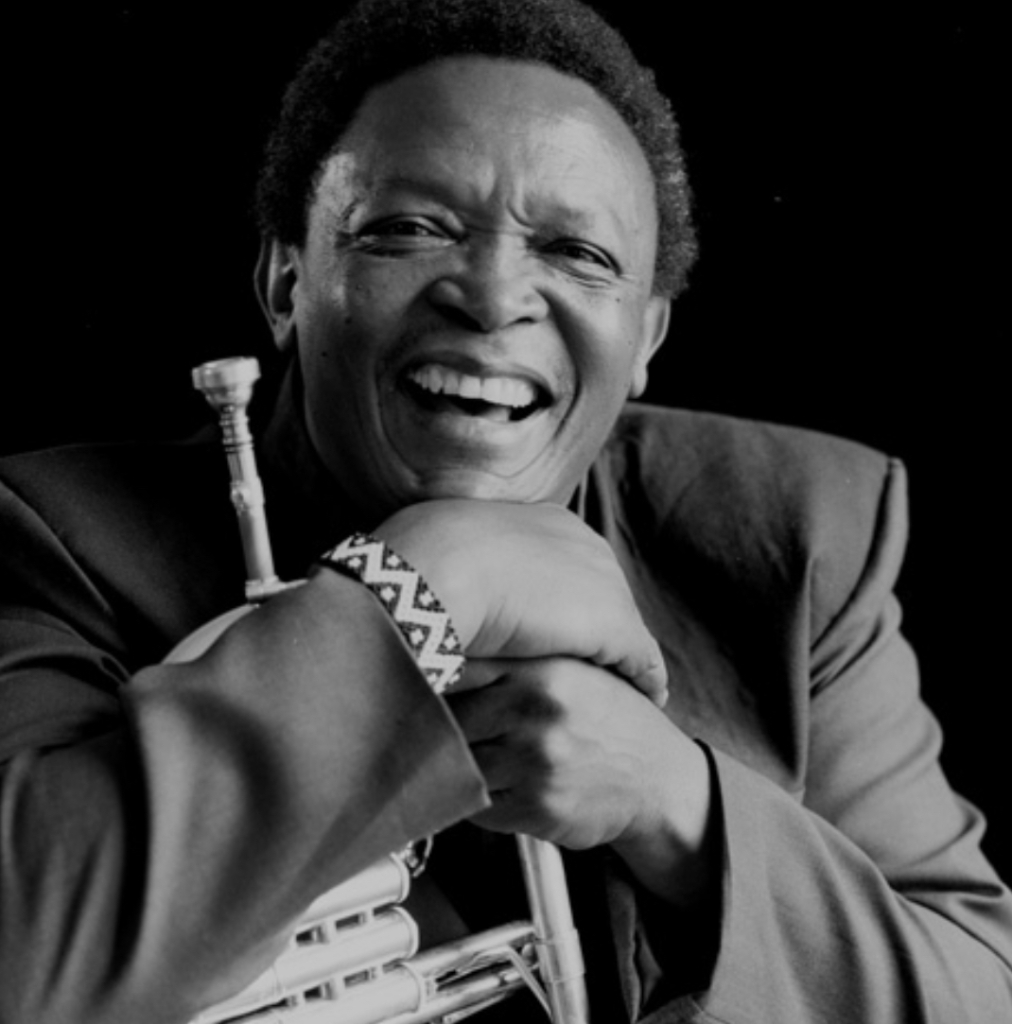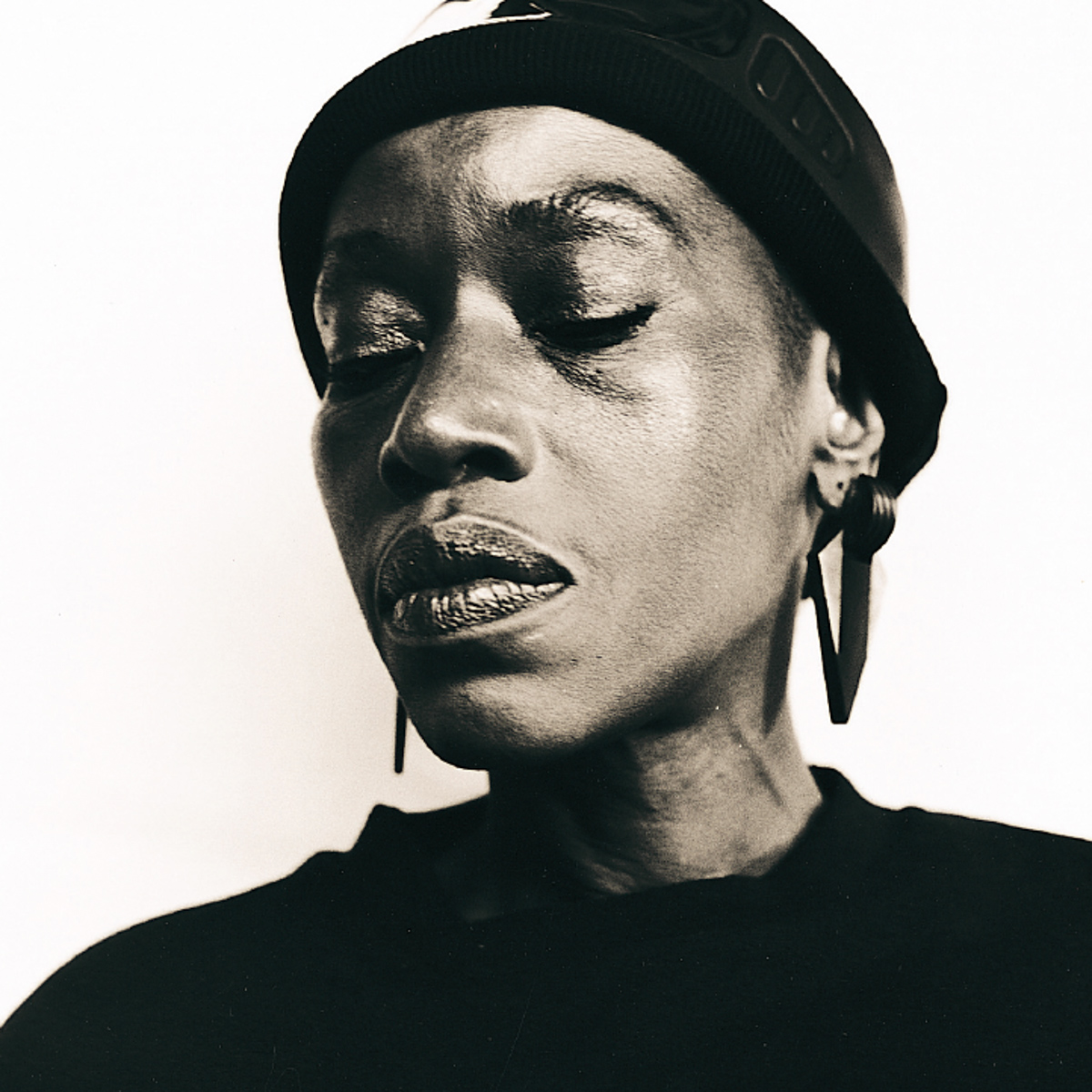
Mining in South Africa was once the main driving force behind the history and development of Africa’s most advanced and richest economy. Large scale and profitable mining started with a discovery of a large diamond at the banks of the Orange River in 1867 by Erasmus Jacobs and the subsequent discovery and the exploitation of the Kimberly pipes a few years later. The gold rush in Pilgrim Rest, Bubberton were precursors to the biggest discovery of ore, with this history South Africa remains the richest cornucopia of mineral riches. It is the worlds largest producer of chrome, manganese, platinum, vanadium and vermiculite, it is the second largest producer of ilmenite, it is also the third largest coal exporter. All these mineral resources are extracted from the soil using peoples bodies as excavators or extraction tools. The black body being the engine of this extraction. History records that South Africa was built at the back of black people from all over Southern Africa, from mining to railway construction a black man has been a part of this project. It is with this history that the late Hugh Masekela records “Stimela” the coal train that transports these bodies from their homes to capital reserves to mine gold, build railways lines and enrich the deep pockets of capital and those who run the marketplace.
When Cecil John Rhodes, the orchestrator and leader of the colonialist project in South Africa was putting together the Cape To Cairo railway project, a system that would make it easy for the exploitation of the mineral wealth of the vast interior of the African continent, men in the Southern African parts of the continent were to work as cheap labour on this project to build the railway system that would transport the mineral wealth- this is when Bra Hugh coined the song ‘Stimela’:
Stimela Lyrics
There is a train that comes from Namibia and Malawi!
There is a train that comes from Zambia and Zimbabwe!
There is a train that comes from Angola and Mozambique!
Stimela sihamba ngamalahle
Sivel’ eDalagubhayi
Sangilahla kwaGuqa
Bathi sizomba amalahle (Sizomba amalahle)
Stimela sihamba ngamalahle
Sivel’ eDalagubhayi
Sangilahla kwaGuqa
Bathi sizomba amalahle (Sizomba amalahle)
Iyohhh stimela
Sind’ inyul’ enkomponi (stimela)
Stimela!
Sihleli njengezinja, siyelele mame
Emigodini mama (Bathi stimela)
Sikhalel’ izihlobo zethu (Masibuyeleni! eDalagubhayi)
Sikhalel’ izingane zethu wololo! (Masibuyeleni! eDalagubhayi)
Sikhalel’ abazali wethu, mama oh! (Masibuyeleni! eDalagubhayi)
Sikhalel’ abafazi bethu!
Yelele yelele yelele yelele yelele (Masibuyeleni! eDalagubhayi)
Stimela
Sihamba ngamalahle
Sivel’ eDalagubhayi
Stimela was Bra Hugh’s protest song against the injustice of the colonial project which was migrant labour that separated families and robbed the black family of a solid family structure. His lament was amongst other thing the exploitation that happens in the black body.
Stimela is a tale that tells a story of a monument to which capitalists like Cecil Rhodes accrued their wealth, and continues to survive using the backs of black poor people in Southern Africa.



